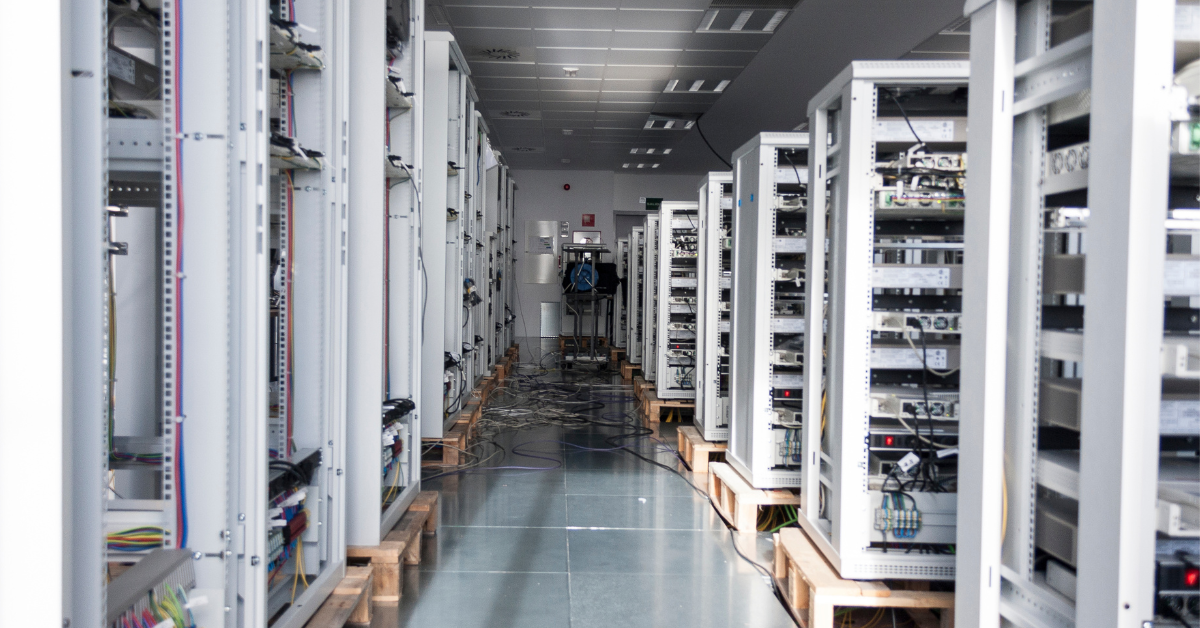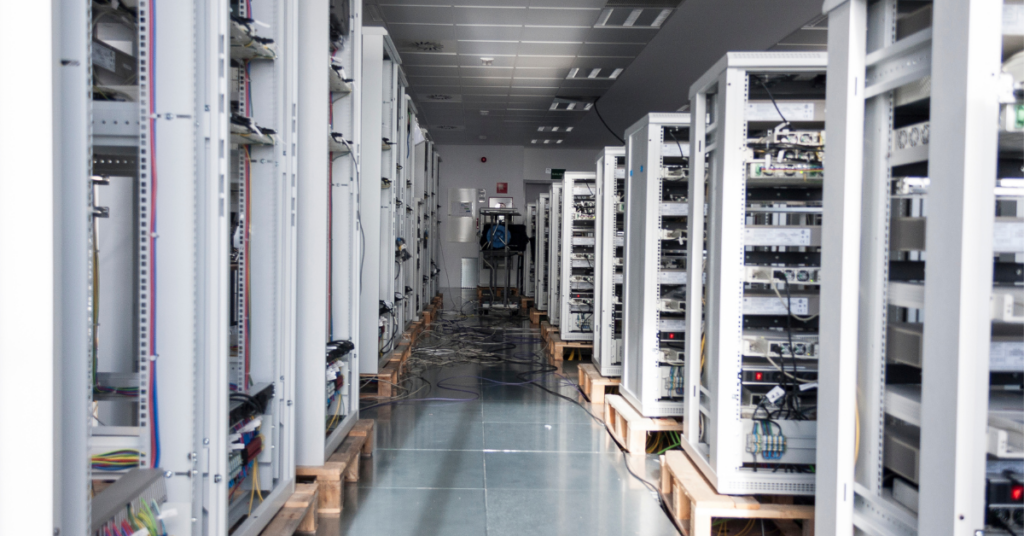India’s digital journey has been nothing short of remarkable. The expansion of mobile phone networks, particularly affordable smartphones, has connected millions previously offline. This connectivity fuels a burgeoning digital economy, transforming how people live, work, and interact. E-commerce platforms thrive, offering access to goods and services previously unavailable, especially in rural areas. Digital payment systems, like UPI, have revolutionised financial transactions, promoting financial inclusion and reducing reliance on cash.
Government initiatives have played a crucial role in this transformation. Digital India, for instance, aims to bridge the digital divide and empower citizens through technology. The integration of technology into various government services has streamlined processes and improved efficiency, making it easier for citizens to access essential services. This includes everything from paying taxes to accessing healthcare information.
However, the digital transformation is not without its challenges. Digital literacy remains a significant hurdle for many, particularly in less developed regions. Bridging this gap requires focused efforts on education and training. Furthermore, ensuring equitable access to technology and the internet is crucial for inclusive growth. Addressing issues of digital security and privacy is also paramount as India’s digital landscape expands.
The impact is visible across various sectors. Agriculture, for example, benefits from precision farming techniques and market access through online platforms. Education has seen the rise of online learning platforms, expanding educational opportunities. Even healthcare is being revolutionised through telemedicine and digital health records. The ongoing integration of technology into all aspects of Indian life promises continued growth and development, creating new opportunities and challenges simultaneously.
The state of Rajasthan, for example, showcases the potential of digital transformation. Initiatives to digitise land records and improve governance have demonstrated positive results. The state’s commitment to leveraging technology for development serves as a model for other regions. Continued investment in infrastructure and digital literacy will be key to unlocking the full potential of this transformation and ensuring sustainable growth for all.
Technological Innovation
India’s technological landscape is experiencing a period of rapid and transformative innovation. Startups are flourishing, particularly in the fields of artificial intelligence, machine learning, and fintech. These innovations are not only driving economic growth but also addressing some of India’s most pressing challenges. For example, AI-powered solutions are being developed to improve healthcare access in remote areas, while fintech companies are expanding financial inclusion to underserved populations.
The integration of technology into various sectors is fostering efficiency and productivity gains. In agriculture, precision farming techniques utilising drones and sensor technology are optimising resource utilisation and improving crop yields. Similarly, in manufacturing, automation and robotics are increasing efficiency and reducing production costs. This technological advancement is creating new job opportunities, particularly in the technology sector itself, and driving overall economic growth.
Government support and investment in research and development are crucial for sustaining this technological momentum. Initiatives aimed at fostering innovation and entrepreneurship, coupled with investments in infrastructure, are vital for creating a conducive environment for technological advancements. Furthermore, collaboration between academia, industry, and government is essential for translating research findings into practical applications and driving innovation.
The development of indigenous technologies is also gaining significant traction. India is increasingly focusing on developing its own technological capabilities, reducing reliance on foreign technologies and fostering self-reliance. This focus extends across various sectors, from software development to hardware manufacturing. This approach not only strengthens national security but also contributes to economic growth and job creation.
However, challenges remain. The digital divide persists, with unequal access to technology and digital literacy across different regions and socioeconomic groups. Addressing this inequality is critical for ensuring inclusive growth and harnessing the full potential of technological advancements. Moreover, sustainable and ethical considerations must guide technological development to prevent negative social and environmental consequences.
Ethical Considerations
The rapid integration of technology in India presents significant ethical dilemmas. The use of artificial intelligence, for instance, raises concerns about bias in algorithms and the potential for discriminatory outcomes. Ensuring fairness and transparency in AI systems is crucial, requiring robust regulatory frameworks and ethical guidelines for developers and users. Data privacy is another critical concern, particularly with the increasing collection and use of personal data by both private companies and government agencies. Strong data protection laws and regulations are needed to safeguard individual rights and prevent misuse of sensitive information.
The digital divide exacerbates existing inequalities. Unequal access to technology and digital literacy creates a two-tiered society, leaving those without access behind. Bridging this gap requires concerted efforts to improve digital literacy through education and training programmes, particularly in rural and underserved communities. Affordable access to internet and technology is equally crucial, perhaps through government subsidies or public-private partnerships.
Furthermore, the ethical implications of technological advancements in areas like surveillance and cybersecurity need careful consideration. Balancing the need for security with the protection of individual freedoms is a delicate task. Transparency and accountability are essential to ensure that surveillance technologies are used responsibly and ethically, avoiding potential abuses of power. Similarly, robust cybersecurity measures are needed to protect individuals and businesses from cyber threats and data breaches.
The use of technology in governance also necessitates ethical considerations. While technology can improve efficiency and transparency, it can also be used to suppress dissent or manipulate information. Ensuring accountability and preventing misuse of technology in governance requires strong institutional mechanisms and a commitment to ethical principles. India’s growth trajectory, heavily reliant on technology, must be carefully managed to avoid exacerbating existing social and economic inequalities.
The potential for job displacement due to automation is another significant ethical concern. As technology continues to transform the workplace, it is crucial to develop strategies for retraining and reskilling workers to adapt to the changing job market. Social safety nets and support programmes are necessary to mitigate the negative impacts of automation on employment and ensure a just transition for all.
Social Impact
The integration of technology into Indian society is profoundly impacting various aspects of life, creating both opportunities and challenges. Access to information and services has expanded dramatically, particularly for those in rural areas previously excluded from mainstream development. E-commerce platforms have opened up new markets for both consumers and producers, fostering economic growth and empowering individuals. Digital financial services, like UPI, have significantly increased financial inclusion, reducing dependence on cash transactions and promoting economic activity.
However, this rapid technological advancement has also exacerbated existing inequalities. The digital divide continues to separate those with access to technology and those without, creating a two-tiered society. This disparity is particularly pronounced in rural areas and amongst less educated populations, hindering their participation in the burgeoning digital economy. Bridging this gap requires a concerted effort to improve digital literacy through targeted education and training programs, coupled with initiatives to increase affordable access to internet and technology.
The impact on employment is another critical social consideration. While technology creates new jobs in the tech sector, it also displaces workers in other industries through automation. This necessitates a proactive approach to reskilling and upskilling the workforce to adapt to the changing job market. Investing in education and training programs that equip individuals with the skills needed for the digital economy is crucial to ensure a smooth transition and prevent social unrest.
Furthermore, the ethical implications of widespread technology adoption must be carefully considered. Issues such as data privacy, algorithmic bias, and the potential for surveillance are increasingly relevant. Robust regulatory frameworks and ethical guidelines are needed to govern the development and use of technology, ensuring that it benefits all members of society and does not exacerbate existing inequalities. This requires a collaborative effort between government, industry, and civil society to establish clear standards and promote responsible innovation.
The state of Rajasthan, for example, offers a mixed picture. While initiatives to digitise land records have improved governance and transparency, challenges remain in ensuring equitable access to technology across all regions and communities within the state. Continued investment in infrastructure and digital literacy programs is vital to harness the full potential of technology for inclusive growth and sustainable development, ensuring that the benefits of technological advancement are shared by all.
Future Prospects
Looking ahead, India’s continued growth hinges on effectively addressing the challenges and capitalising on the opportunities presented by its technological integration. Sustained investment in digital infrastructure is paramount. This includes expanding internet access, particularly in rural areas, and improving the reliability and speed of networks. Further investment in robust cybersecurity measures is also crucial to protect against increasing cyber threats and maintain public trust in the digital ecosystem.
Equitable access to technology and digital literacy training remains a critical priority. Bridging the digital divide requires targeted initiatives focused on education and skill development, empowering individuals from all socioeconomic backgrounds to participate fully in the digital economy. This necessitates collaboration between the government, private sector, and educational institutions to develop and implement effective training programs.
The ethical considerations surrounding artificial intelligence and data privacy require ongoing attention. Developing robust regulatory frameworks and ethical guidelines for the use of AI is crucial to prevent bias and ensure fairness. Strong data protection laws are needed to safeguard individuals’ privacy and prevent the misuse of personal information. Continuous monitoring and evaluation of the societal impact of technology are essential to ensure responsible innovation.
Furthermore, fostering a culture of innovation and entrepreneurship is vital for sustaining India’s technological advancement. Supporting startups and encouraging research and development in key areas, such as renewable energy and sustainable technologies, will be crucial for long-term growth. This requires continued government support, investment in research infrastructure, and collaboration between academia and industry.
The integration of technology into various sectors must be approached strategically, considering both the economic and social implications. While automation can increase efficiency and productivity, it’s vital to address the potential for job displacement through reskilling and upskilling initiatives. Creating social safety nets and support programs will help ensure a just transition for workers affected by technological change.
Rajasthan, with its ongoing digitalisation efforts, provides a valuable case study. The state’s experience highlights the importance of sustained investment in infrastructure and digital literacy programs for achieving inclusive growth. Replication of successful initiatives across other states, combined with continuous adaptation to emerging challenges, will be crucial for India’s future technological trajectory.
















